Injection Molding
1K-100k pcs
Low unit price
8-30 working days
Injection Molding
1K-100k pcs
Low unit price
8-30 working days
Injection molding
Injection molding is the most commonly used in the field of industrial production so far way, especially for mass production. SINO MFG provide suitable for 1K to more than 100K pieces of various products manufacturing and quality processes. For more information or injection molding immediately contact us for quotation and start your next project.
What is injection molding?
Plastic injection molding is refers to the plastic particles melt into liquid, and then to squeeze the liquid into the metal cavity.Injected into the shape of the plastic will keep the mold cavity and cavity wall surface texture.After setting the optimization of injection molding and cooling stage, the curing ejection molding plastic products, mass products manufactured in this cycle the processing steps.Molding cycle according to different part complexity and size can be from a few seconds to a few minutes.
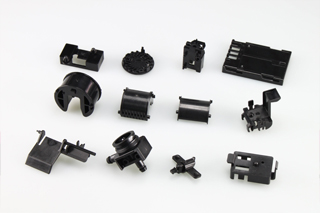
The advantage of plastic injection molding
- For mass production, unit price is more competitive
- The production cycle of injection molded products is very fast
- Suitable for many different kinds of substrates
- Surface quality of the products have many kinds of polishing and texture effect to choose from
- Selection of thousands of kinds of plastic injection molding materials with all kinds of engineering properties and appearance
- Fast turnaround
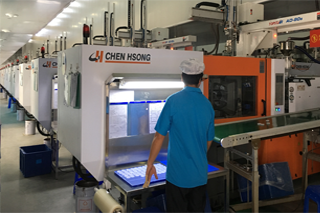
The Plastic Injection Molding Process
Step 1: Clamping
Prior to the injection of the material into the mold, the two halves of the mold must first be securely closed by the clamping unit. Each half of the mold is attached to the injection molding machine and one half is allowed to slide. The hydraulically powered clamping unit pushes the mold halves together and exerts sufficient force to keep the mold securely closed while the material is injected.
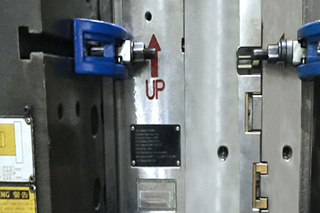
Step 2: Injection
The raw plastic material, usually in the form of pellets, is fed into the injection molding machine, and advanced towards the mold by the injection unit. During this process, the material is melted by heat and pressure. The molten plastic is then injected into the mold very quickly and the buildup of pressure packs and holds the material.
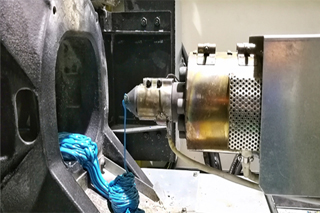
Step 3: Cooling
The molten plastic that is inside the mold begins to cool as soon as it makes contact with the interior mold surfaces. As the plastic cools, it will solidify into the shape of the desired part.
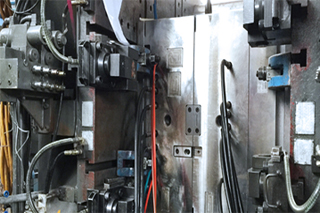
Step 4: Ejection
After sufficient time has passed, the cooled part may be ejected from the mold by the ejection system, which is attached to the rear half of the mold. When the mold is opened, a mechanism is used to push the part out of the mold. Force must be applied to eject the part because during cooling the part shrinks and adheres to the mold. In order to facilitate the ejection of the part, a mold release agent can be sprayed onto the surfaces of the mold cavity prior to injection of the material.
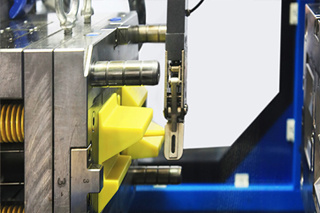
Plastic Injection Molding Tolerances
All plastic material will expand and contract under the influence of heat and moisture. Our tolerance guide will give more general information on the characteristics of most common resin types for typical part features.
We will work closely with you to optimize your designs for manufacturing. We will indicate any areas where poor design may produce thermal stress, shrinkage, warping, etc. Consult our design guide for more information on common defects and how to avoid them.
Unless otherwise specified, we comply with the DIN 16742 standard tolerances for plastic injection moldings. Read about the visual quality standards that we apply to injection molded parts.
Bring your product idea to life as soon as 5 days!
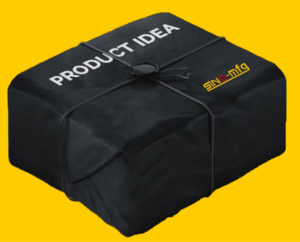
Bring your product idea to life as soon as 5 days!
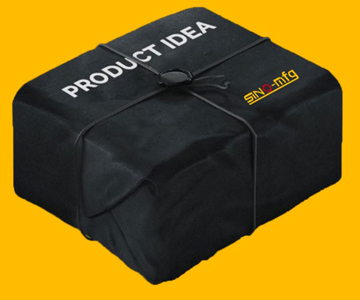
Bring your product idea to life
as soon as 5 days!